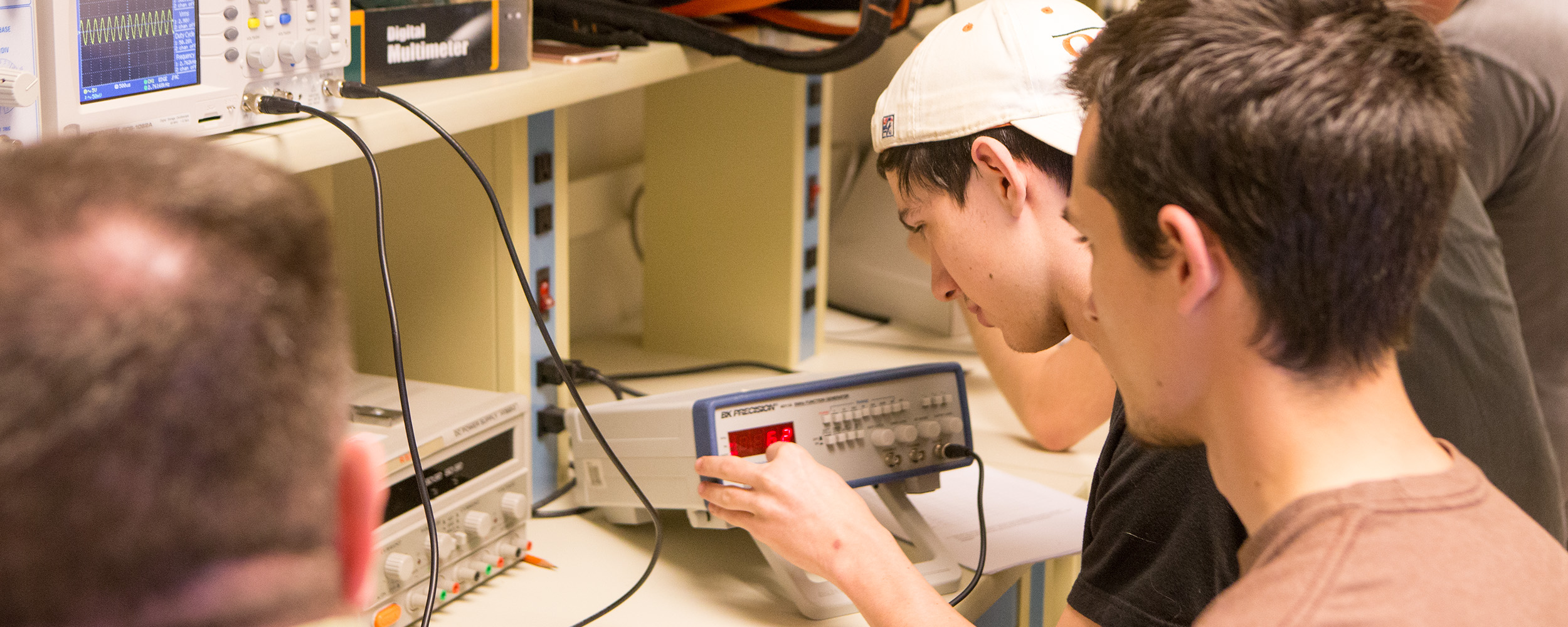Overview
Welcome to EET
Electrical Engineering Technology at the Division of Engineering Technology welcomes
all students from Oklahoma and around the world. The EET program is known for its
applied engineering curriculum that focuses on hands-on learning and real-world applications
of electrical, electronic, and computer systems. Our faculty members have extensive
industrial experiences and are engaged in research to solve 21st-century challenges
in electronic controls, communication, artificial intelligence, and computer technology.
The EET curriculum prepares for outstanding career opportunities in modern industries
that depend upon electronics for control, communications, and computation.
History of EET
World War II was the beginning point of technology programs. The Electronics and Computer
Technology program at Oklahoma State University began in response to the military
needs in the early 1940's. It then developed into a two-year technician certificate
program in the late 1940's, and later developed into a true science and math based
program in the late 1950's. OSU served as a model for the development of higher level
electronics programs throughout the U.S. during the 1960's.
In 1969, OSU extended the program to four years, replacing the original technician
level curriculum. The first two years lead to an Associate degree (AS) and the final
two years earned a Bachelor of Science (BS) degree. The AS Degree was discontinued
in 1985, and in 1998 the name was changed to Electrical Engineering Technology.
Today, the curriculum is a four year bachelor's program, emphasizing electronic fundamentals
and applications. Program objectives are to prepare graduates for careers, such as
application engineers, system designers, computer programmers, and electronic designers.
This program strives to educate students in the areas of analog and digital communications,
microprocessors, computer programming, electronic systems design, analog and digital
circuit analysis and design, data acquisition, control systems, and digital signal
processing.

